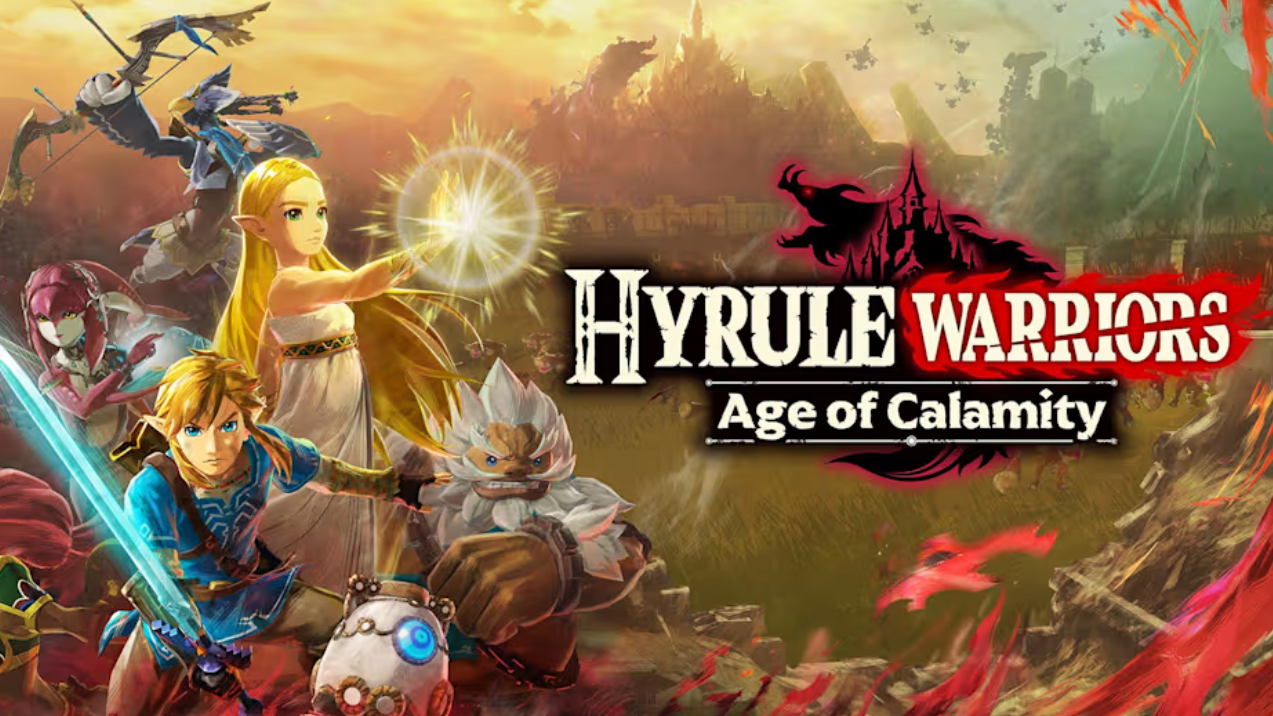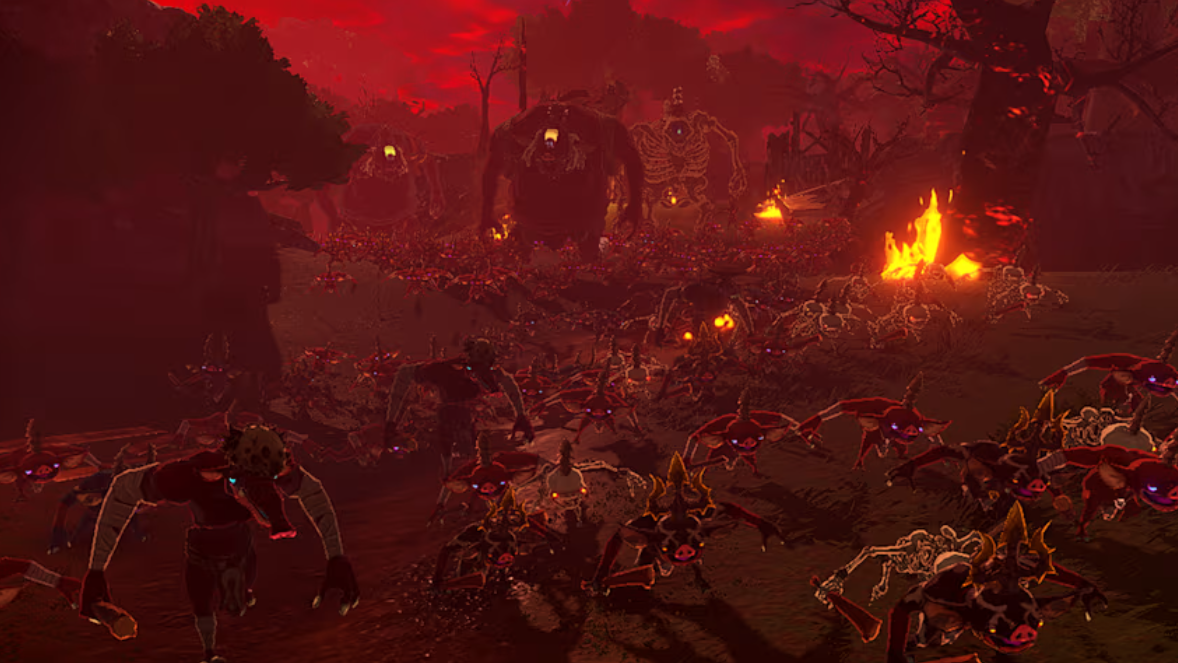Hyrule Warriors: Age of Imprisonment isn’t being pitched as a “what if” side story. Nintendo describes it as a canonical tale that depicts the Imprisoning War and sets up events seen in The Legend of Zelda: Tears of the Kingdom on Switch-era hardware. That framing matters for fans who were burned by Age of Calamity’s timeline swerve — and it sets clearer expectations for what this game will and won’t try to rewrite.
What Nintendo has actually said
Age of Imprisonment is positioned as the newest Hyrule Warriors entry, developed by Koei Tecmo with Nintendo’s support. The game tells the “untold story” of the Imprisoning War — the distant-past conflict with Ganondorf that culminates in the events shown across Tears of the Kingdom’s memories — and is explicitly labeled a canonical tale. It’s slated for Nintendo’s current hardware cycle, with a launch window in the winter season.
That’s the key baseline: the main narrative is intended to fit the established Breath of the Wild/Tears of the Kingdom continuity rather than branch away from it.
How that differs from Age of Calamity
Age of Calamity was sold as a story set 100 years before Breath of the Wild. In practice, it introduced time-travel elements that diverted it into a separate branch, letting characters survive who do not in the mainline backstory. It became an alternate timeline — enjoyable on its own terms, but not a straight-line prequel into BotW.
By contrast, Age of Imprisonment is being framed up front as part of the mainline BotW/TotK continuity. That doesn’t mean every side mission or bonus character is “canon,” but it does signal the campaign’s major beats will align with outcomes already depicted in Tears of the Kingdom’s memories.

What “canon” means in a series with multiple timelines
Zelda storytelling already accommodates parallel continuities. “Canon” here doesn’t mean “the only version” — it means “this version belongs to the same continuity as Breath of the Wild and Tears of the Kingdom.” In practical terms:
- Major, already-established outcomes should remain intact (Ganondorf’s imprisonment; Sonia’s fate; Rauru’s final act; Zelda’s centuries-long absence).
- The game can fill gaps between those milestones with new scenes, battles, and character interactions, so long as the endpoints are preserved.
- Optional modes, challenge missions, or postgame unlocks can exist for gameplay variety without altering the canonical campaign.
Which characters to expect at the center of the story
Tears of the Kingdom laid out who fights the Imprisoning War: Zelda stranded in the past, Rauru and Sonia, Mineru, the ancient sages who swore their vows, and Ganondorf. That’s the core conflict this game is set to dramatize.
Warriors games traditionally expand rosters, but a canon-focused campaign will likely keep the story playable around those figures. If there are broader rosters, they can coexist outside cutscene continuity (for example, in free play, side battles, or endgame content) without contradicting the main narrative.
Will Link be playable?
Nothing official confirms Link as a campaign character, and the Imprisoning War memories in Tears of the Kingdom don’t show him in that era. For a canon campaign, that makes his main-story inclusion unlikely. There are still plenty of ways to feature him that don’t rewrite the past — for example, as an unlock for mission replays, in separate modes, or in postgame content — all common approaches in Warriors titles. Until Nintendo details the roster and mode structure, treat Link’s presence as an open question rather than a promise.
Can Age of Imprisonment still have time shenanigans and be canon?
Yes. Tears of the Kingdom itself hinges on time displacement and closed loops. The “canonical tale” language doesn’t forbid time mechanics; it simply underscores that the main story lands on the same outcomes established in Tears. If the campaign shows events that lead to those outcomes — even with time devices present — it can still be canon to the Wild-era continuity.
What would break canon is altering those core endpoints. The promise here is that the game is filling in, not replacing, the missing chapters of that conflict.
Age of Calamity vs. Age of Imprisonment (at a glance)
| Game | Pre-launch framing | Continuity treatment | Where it fits |
|---|---|---|---|
| Hyrule Warriors: Age of Calamity | Story set 100 years before BotW | Diverges via time travel into an alternate branch | Parallel to BotW; not a direct prequel to its events |
| Hyrule Warriors: Age of Imprisonment | Explicitly described as a canonical tale | Intended to align with the BotW/TotK continuity | Depicts the Imprisoning War that leads into TotK |
What “canonical tale” does not guarantee
- It doesn’t guarantee every playable character you unlock is present in cutscenes or the campaign timeline.
- It doesn’t mean every battle is a 1:1 reconstruction of a memory; Warriors games stylize encounters for action and variety.
- It doesn’t preclude non-canon bonus content. Expect the usual hack-and-slash side dishes alongside a lore-faithful main course.
What this likely adds to Tears of the Kingdom’s story
Tears of the Kingdom gave only the broad brushstrokes of the Imprisoning War in scattered memories: a Molduga assault, the sages’ vows, the false Zelda’s scheme, the final sealing. A Warriors-size campaign can connect those dots with:
- Extended battles around known flashpoints (for example, turning a cutscene skirmish into a full scenario).
- Moments between memories — how alliances were forged, how territory was defended, how Ganondorf’s forces moved.
- Personality and backstory for the ancient sages, who were masked and mostly voiceless in Tears’ brief scenes.
That kind of connective tissue is exactly what a “canonical tale” label sets the stage for.

Release window and platform
Age of Imprisonment is planned for the current Nintendo hardware cycle with a winter release window. Expect the typical Warriors blend of large battlefields, fast character swapping, and mode variety — this time tied to the Wild-era timeline rather than branching away from it.
If you bounced off Age of Calamity because it rewrote stakes, this framing is the course correction: the campaign is meant to honor the outcomes Tears of the Kingdom already established. If you loved Calamity’s roster chaos, you’ll likely still get plenty of sandbox to play in — just don’t confuse extra-mode fireworks for the core story being told.


